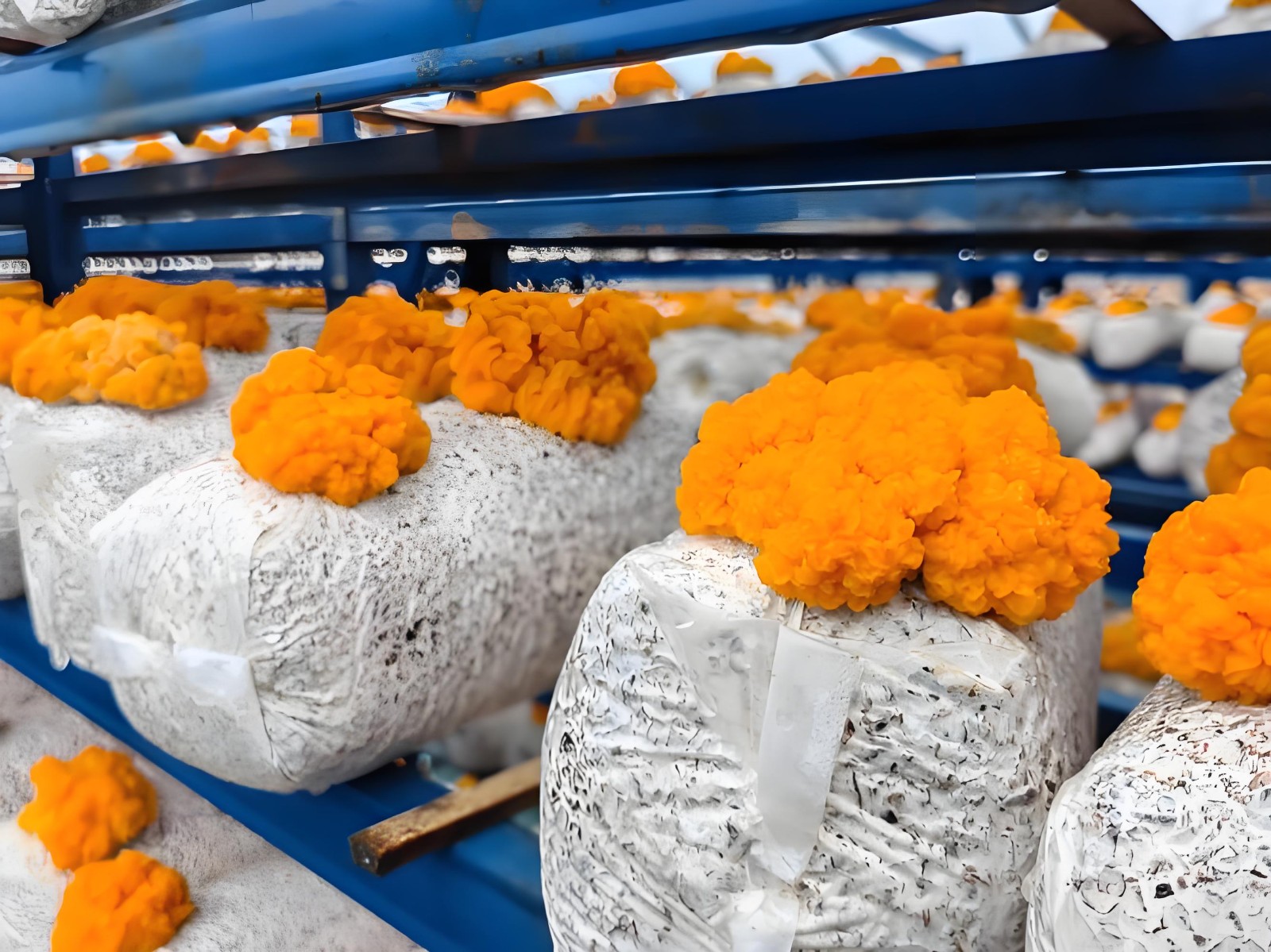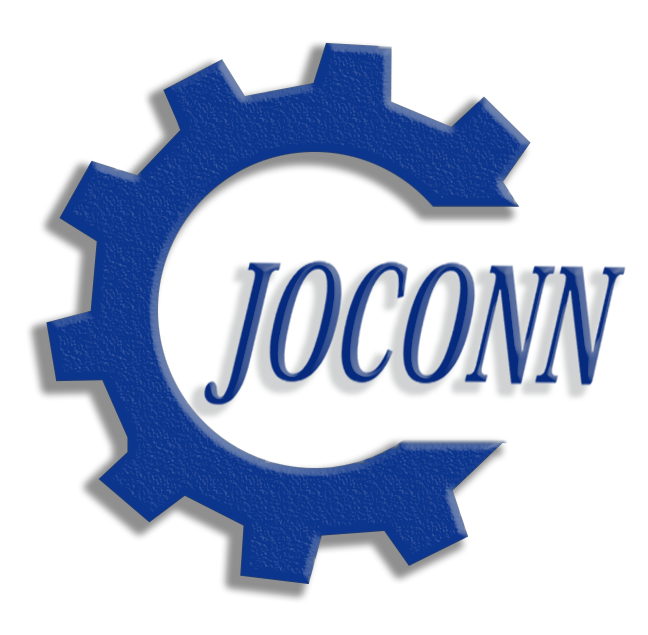
1. Incubation Period (Post-Inoculation) **Location**: Inoculated cultivation bags are moved to a dark, well-ventilated incubation room; agricultural cultivation uses incubation racks directly in the room. **Key Parameters by Stage**: **Days 1ŌĆō5 (Mycelium Recovery/Germination)**: Temperature 23ŌĆō25┬░C, humidity 60ŌĆō62┬░C; remove contaminated bags promptly to aid initial growth of symbiotic fungi (hairy/tough leather fungi) that decompose nutrients. **Days 6ŌĆō10 (Mycelium Feeding)**: Temperature adjusted to 20ŌĆō22┬░C, humidity 62ŌĆō65┬░C to support growth. **Days 11ŌĆō20**: Increase ventilation; temperature 16ŌĆō20┬░C (to inhibit symbiotic fungi), humidity 62ŌĆō65┬░C to balance mycelium ratios. **Days 20ŌĆō25**: Further increase ventilation (avoid strong winds); temperature 16ŌĆō20┬░C, humidity 65ŌĆō68┬░C; primordia emerge from inoculation holes with mist-like droplets. **Days 25ŌĆō30**: Mycelium fills bags; primordia swell with droplets and yellow water. Remove sealing film to start fruiting management. 2. Fruiting Body Management **Young Fungus Stage**: After film removal, maintain 18ŌĆō22┬░C, 85ŌĆō90% humidity; reduce temp/humidity if yellow water appears. Ensure ventilation (no direct wind) and low diffuse light. Primordia reach 5ŌĆō6 cm (light yellow) in 10ŌĆō15 days. **Color Veraison Stage (Ōēł45 days post-inoculation)**: Lobes expand; temperature 21ŌĆō23┬░C, humidity 92ŌĆō98%. Provide 5ŌĆō7 hours/day of Ōēź500 lux light (no direct sun) and stable temps to prevent contamination from water droplets. Color shifts (grayish-white ŌåÆ white/yellow ŌåÆ golden/orange-red) via pigment accumulation. **Growing Season**: Maintain 85ŌĆō90% humidity with regular ventilation. Avoid overheating; increase airflow to prevent mold at the base. High humidity increases susceptibility to pathogens (e.g., Trichoderma, Penicillium), so avoid spray systems. Instead, use methods like inverted budding, newspaper/non-woven fabric covering, or moistening floors/soil (via capillary action) for safe humidity control. 3. Harvesting and Processing Harvest when fruiting bodies are fully expanded, golden yellow, elastic, and pre-spore ejection. Cut at the base, clean impurities, grade by size/quality, and dry (sun or controlled temperature) to reduce moisture for storage/transport. Industry Insights Inoculation requires golden ear fruiting body tissue blocks; pure tissue develops outward-inward, with yield varying by inoculation locationŌĆöhighlighting the critical symbiotic ratio between golden ear and *Lederma lucidum*. - Two-step liquid culture seed preparation addresses ratio issues. Seed quality directly impacts yield, quality, and economic benefits, making it a key production factor.








